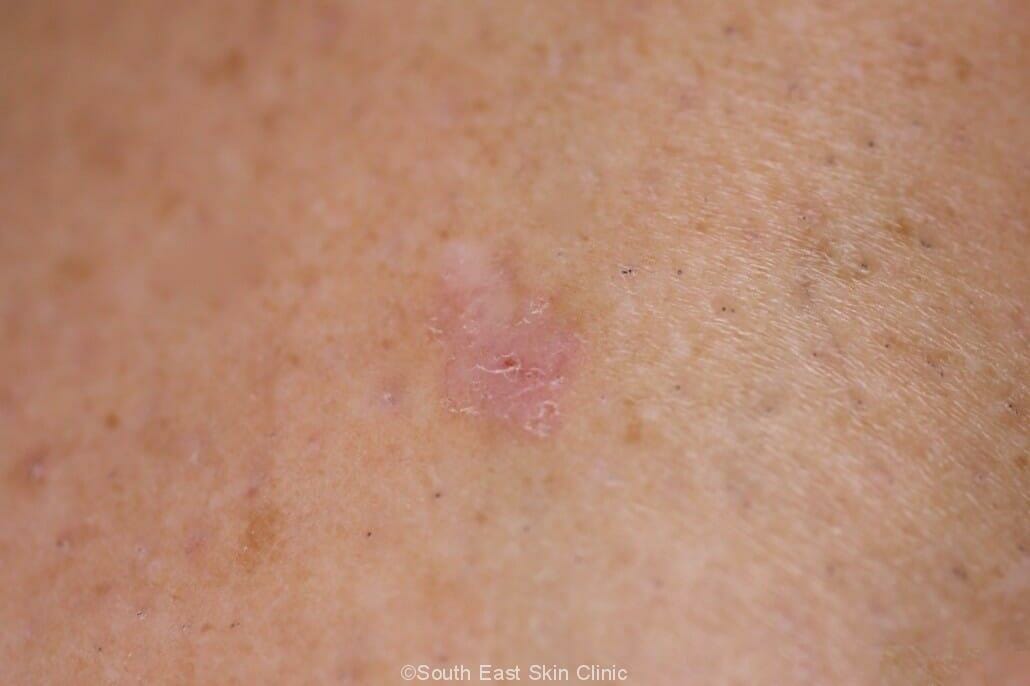
The most common BCC type is the superficial type. This cancer typically has no overt symptoms and is typically non-invasive. The two other types are the infiltrative and the superficial. Each has distinct symptoms and treatments. The pathology report will give a more specific diagnosis. These differences can be important if the tumor is suspected to be a type of melanoma. Read on to learn more about these BCC types and the difference between them.
Nodular BCC is the most common type of BCC, occurring primarily on the face. It is distinguished by the presence of large nests of basaloid cells in the dermis. It is most commonly diagnosed using white light photographs, although H&E histological images are also used. Nodular basal cell carcinoma is characterized by an atypical response to PDT and was introduced as a separate subtype in 2002. Nodular basal cell carcinoma with necrosis has lobules penetrating the dermis.
The three main types of BCCs include aggressive and slow growing BCCs. Both are characterized by overlapping lobules and a peripheral palisade. Characteristic features of aggressive CBC are increased cell necrosis, mitotic activity, and stromal proliferation. In addition, aggressive BCC is more likely to recur. In addition, aggressive BCCs are often more developed than slow growing ones.
The most important preventive measure is sun protection. If you suspect you have the BCC type, see a dermatologist for further advice. You can also take pictures of your skin to determine your skin type. The best way to diagnose BCC is to see a dermatologist. Once you have determined the type, you can start looking at the articles on this site https://www.vamospormas.org.mx/
to reduce your risk of growth in the future. This will prevent the cancer from returning.
In the laboratory, the most common BCC types are nodular, superficial, and morphea. In addition to the three main types, BCCs are further classified into morphea and nodular. Despite their similarities, the differences between nodular and morphea are often not correlated with a patient’s prognosis. These results show that nodular and morphea BCCs can have varying degrees of metastatic potential.
While there are several BCC types, the most common is nodular. It usually appears as a pearly white lump or as a large area of wide blood vessels. Unlike nodular BCC, superficial BCC grows slowly and has no recognizable morphology. Infiltrative BCCs can be found in the neck and head. These cancers are often scaly and are not easily treated.
Different BCC types have different characteristics and treatment options. Generally, nodular BCCs have a sclerosing core. These types are more common than the others. Nodular BCCs have a high prevalence of hypertrophic scars. If you have any questions about these, contact a dermatologist today! There are several ways to diagnose the disease and to find out which type is best for you.
Basal cell carcinoma (BCC) is a type of skin cancer that develops on body parts exposed to the sun. It can occur on the face, ears, neck, scalp, and arms and may have a scaly, pearly appearance. Its appearance is dependent on the cellular structure of the tumor. Some types of BCC have several subtypes, while others have many more. They are known by their location, morphology, and color.
In addition to being a cancer, basal cell carcinomas are also known as squamous cell carcinomas. The most common type is the nodular BCC, which appears as a round, pearly white lump. Nodular BCCs are also called nodular or pigmented BCCs. Both types are common, but the nodular type tends to be more common than the infiltrative type.
Nodular BCCs are rare but can occur anywhere on the body. Most cases of BCC are symmetrical and are characterized by irregular margins. Patients with a nodular type may be symptomatic of a tumor, or they may exhibit some characteristics of the nodular type. If you suspect a tumour is invading your lymph nodes, you should consider a biopsy. The excision can be done in a few ways, but it is essential to make sure you have a precise diagnosis.
There are two other BCC types. Both have similar characteristics. The infiltrating type is characterized by a long strand of BCC cells that extend into the dermis. This type is similar to the morphoeic type, but can extend deeper into the dermis. They are surrounded by collagen and other tissue. So, nodular BCCs are not very common, but they are rare.
Leave a Reply